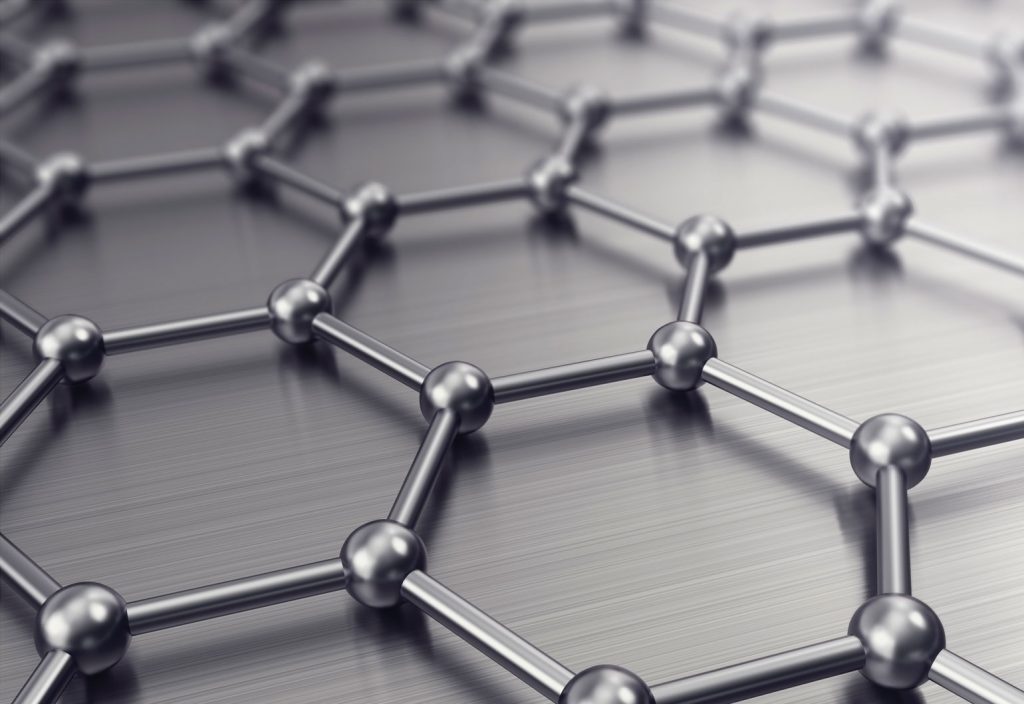A team at Swinburne University is using graphene to make new types of batteries: a supercapacitor that charges extremely quickly.
While batteries are ubiquitous in modern society, they also have a number of disadvantages. They take a long time to charge, have a limited life, and due to their materials and construction, can be harmful for the environment if not handled properly during disposal. Additionally, some batteries can explode if they develop defects, or are improperly handled.
In contrast, supercapacitors can be charged in seconds, are reusable millions of times, and are environmentally friendly. They are also safer than ordinary batteries when mistreated, and will not explode under any circumstances.
Dr Han Lin with his 3D printed graphene supercapacitor.Supercapacitors differ from normal capacitors in being able to store a lot more energy, and are well suited for applications requiring many rapid charge and discharge cycles, rather than long-term compact energy storage.
The low energy storage capacity of supercapacitors has hindered widespread use. However, Swinburne University researchers have re-engineered the supercapacitor by using graphene. According to Dr Han Lin, one of the researchers, graphene’s large surface area enables more energy to be stored.
“Our supercapacitor is extremely efficient, as it charges in a matter of seconds and holds a larger charge for a longer time because it consists of multiple sheets of graphene,” said Dr Lin.
“What’s more, charging and discharging won’t degrade the battery’s quality, so it can theoretically last for a lifetime – a unique property in the world of batteries.”
The supercapacitors are very strong and flexible, and can therefore also be used to develop extremely flexible and thin batteries that could be built into wearable clothing and accessories.



